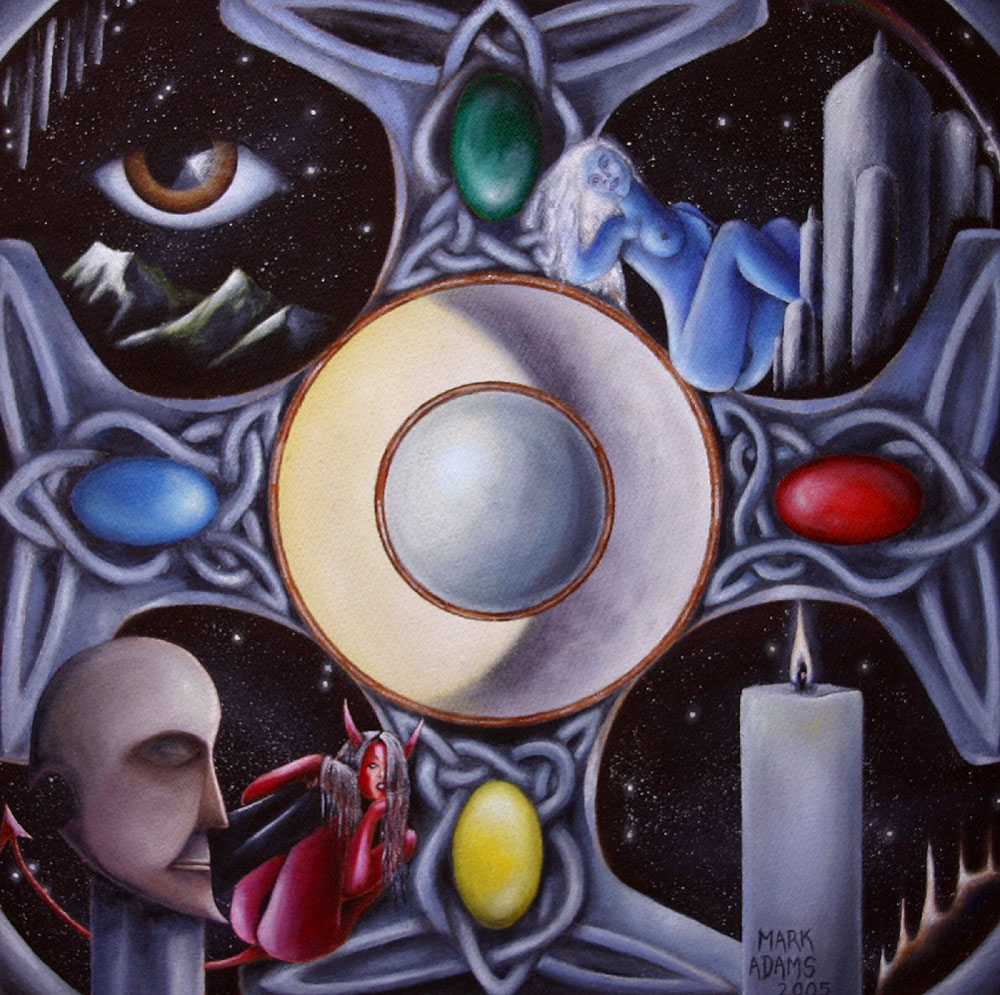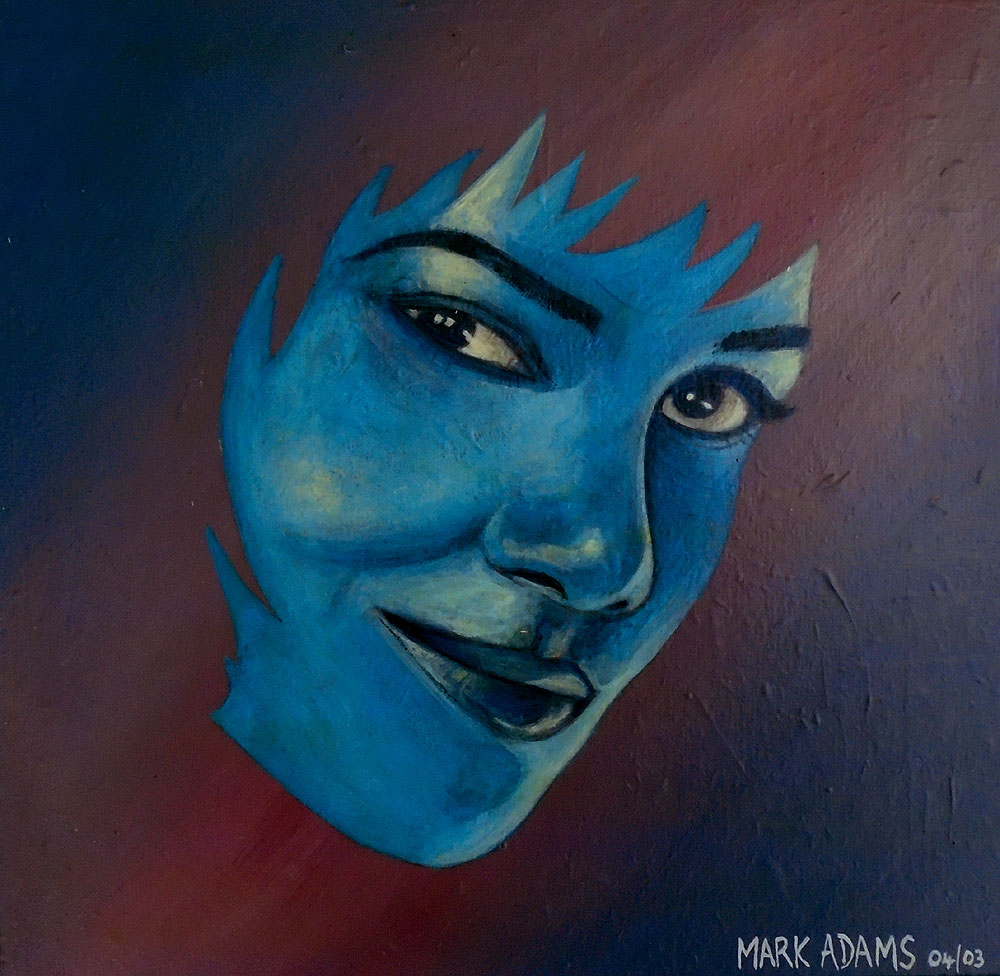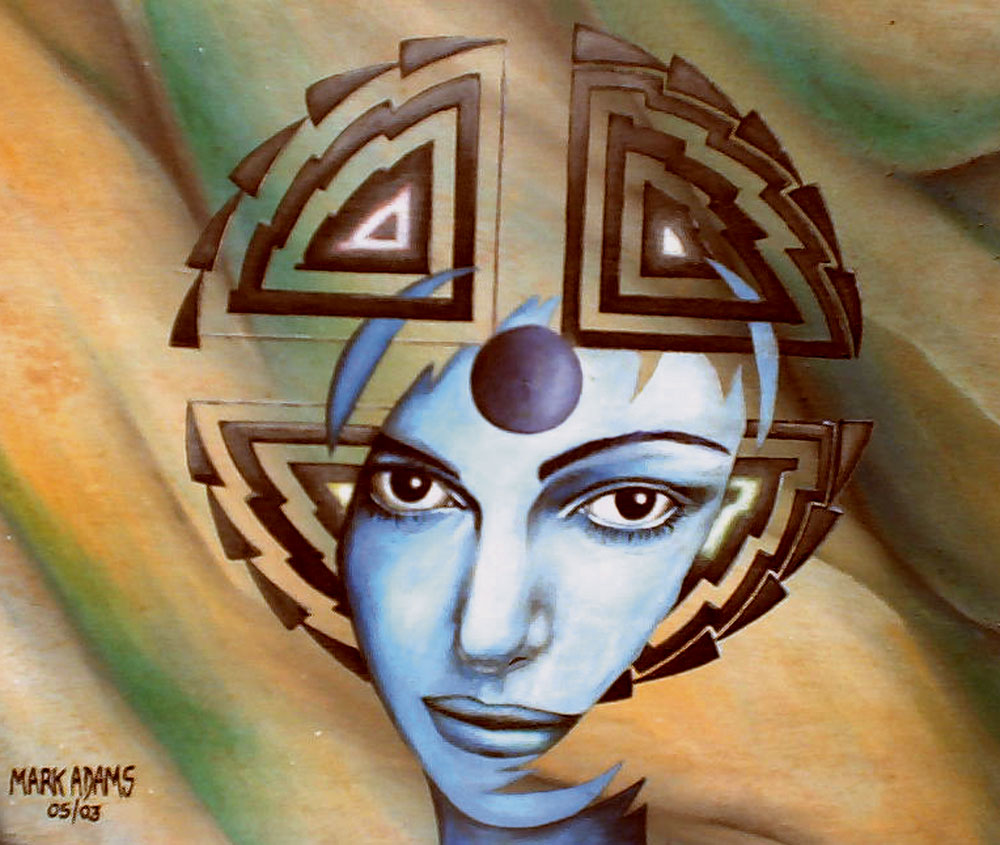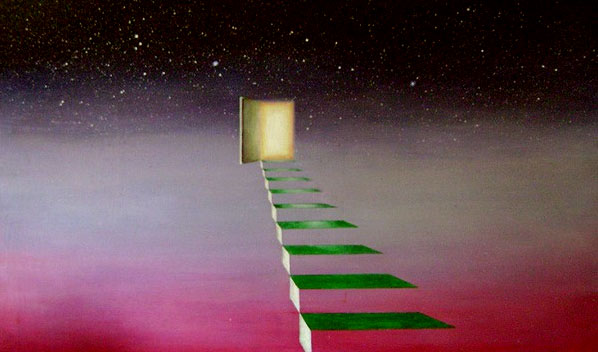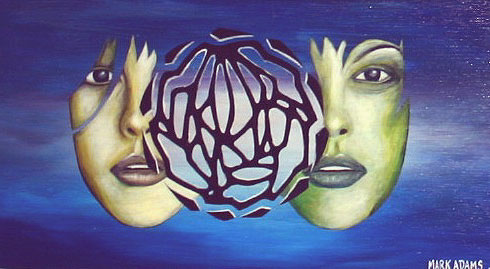Retraining, Installing and Reinforcing Thought Patterns & Behaviours.
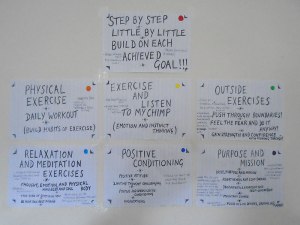
When developing anxiety disorders, you consciously and unconsciously ‘trained’ your mind with thinking patterns which were not beneficial to your well-being, emotional and physical state. Through repetition, these thinking patterns took their place in the part of your mind which is responsible for ‘automatic’ responses, behaviours, thought patterns, etc. For example, to take a ‘down-to-earth’ example, which many of us are familiar with: when learning to drive, I found it quite awkward and unnatural to navigate my coordination with all the tasks required to drive a car. Through conscious repetition to learn this new ‘skill’, or thinking pattern and behaviour, I found myself being very capable with the skill, learned behaviour and thinking pattern. Most of us will know that the transition of learning to drive by consciously employing the techniques to do so, soon became an ‘automatic’ habit, skill or behaviour. Most of us will know that this newly learned skill, habit or behaviour became automatic, without thinking about it consciously, in a relatively short period of time.
This is the same for any learned thought process, skill, habit, behaviour and so on. If you ignore the negative and positive aspects and implications of whatever habit or behaviour which has been learned, you will realise you can feed the area of the mind or brain, which is responsible for ‘automatic’ behaviours and thoughts, with anything you choose to and will produce the corresponding and related thoughts, feelings and behaviours from the initial conscious ‘learning’ process. Whether positive or negative, the behaviours, thought patterns, etc, have been learned.
This is good news, as once you become aware of the transference of conscious thinking affecting the automatic part of the mind or brain, you can choose and learn new ways of thinking and behaviours which are beneficial to you as an individual. In the same way you have learned ways of thinking and behaviours which have not benefitted you in the past, you can now choose to create new ways of thinking and behaviours which will positively benefit you, through repetition. Repetition is the ‘mother’ of all skill!
It has already been proven through science that neural pathways are developed in the brain with developing skills, habits, thought patterns, etc. The neural pathways are reinforced through repeating the behaviours, patterns, etc.
Even with experiences which happen from outside of yourself, which you may feel you have no control over. You can choose to interpret the experience in a positive way. If you feel the experience has had a negative impact, you may choose to interpret the experience in a positive way. For instance, what have I learned from this experience? What are the benefits I can take from this experience? How can I improve myself from this experience? There are so many ways to change your viewpoint, eliminate or diminish thinking patterns and interpretations which may result in feeling anxious, depressed or other feeling states which do not benefit you in healthy ways. Be the person you want to be and choose to be!
As I have already written in previous posts, I have employed many techniques, new ways of thinking, which have benefitted me tremendously. Through all of the years of experiencing agoraphobia with panic disorder, what I have learned through experiencing and researching the condition, through the ups and downs, has not been in vain, or I choose to learn from it and do something about it!
I have created small posters which I have taped to my bedroom wall. The posters remind me each day and every time I walk by them, of the techniques, skills and methods I want to ‘program’ into my mind and brain. This serves to reinforce the thoughts, behaviours and so on, to create healthy habits, skills, thought processes, neural pathways, or whatever anybody wishes to call them, to lead to a healthier state of mind which can only lead to a life which the individual chooses. My posters are tailor-made and personal to myself and I will reinforce, refine, add to, simplify, etc, over the course of time, if that means an improvement towards my recovery, health and well-being. I have also colour-coded each poster to form an association between the particular colour and the content of the poster. I have used the colours of the rainbow in sequence to make it easier for me to recall the information leading to further reinforcement. This method works for me and others may find methods of association which are more suited to themselves.

